Protecting Pollinators: Understanding the Impact of Pesticides in Urban and Suburban Areas on Honey Bees
.Pesticides used in urban and suburban areas can indeed harm honey bees and other pollinators.
Urban and suburban environments are not exempt from pesticide use, as they often employ various chemical agents for controlling pests in gardens, parks, golf courses, and residential areas.
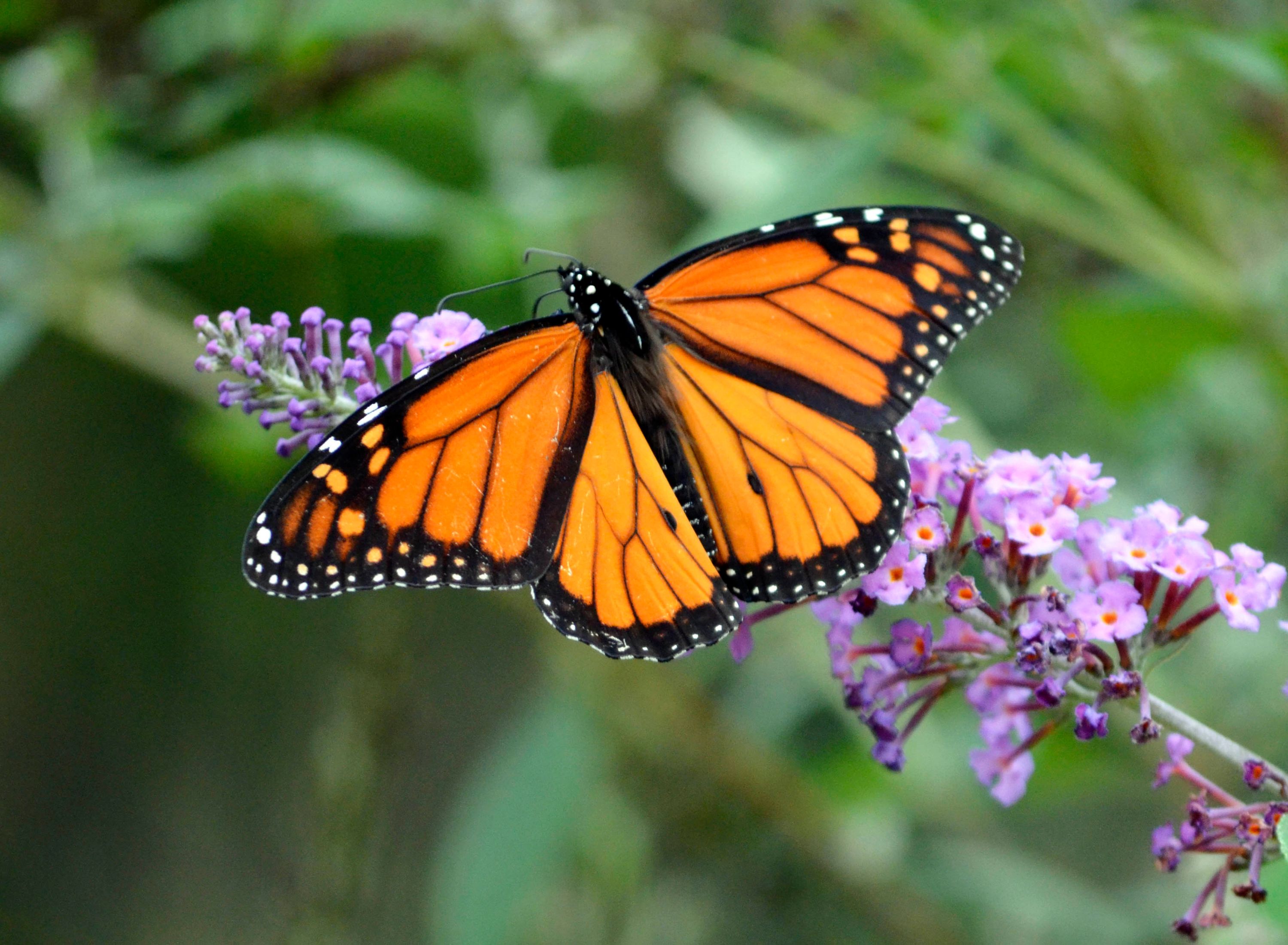
Here's how pesticides in urban and suburban areas can affect honey bees:
- Direct Exposure: Honey bees can come into direct contact with pesticides while foraging for nectar and pollen in urban and suburban green spaces. Sprayed pesticides can land on flowers and contaminate them, exposing bees to toxic chemicals when they visit these flowers for food.
- Residual Exposure: Pesticides applied to lawns, gardens, and ornamental plants can leave residues on foliage, soil, and nearby surfaces. These residues can persist for extended periods and pose a risk to honey bees through contact with contaminated surfaces or through the ingestion of contaminated pollen and nectar.
- Drift: Pesticides sprayed in urban and suburban areas can drift beyond their intended target areas due to wind or improper application. This drift can carry pesticides to nearby flowering plants, where honey bees may forage, resulting in unintended exposure.
- Systemic Pesticides: Certain pesticides, such as neonicotinoids, are systemic, meaning they are taken up by plants and distributed throughout their tissues, including nectar and pollen. When honey bees feed on plants treated with systemic pesticides, they can be exposed to these chemicals, which may have sublethal effects on their health and behavior.
- Cumulative Effects: Honey bees may encounter multiple pesticide residues from different sources within urban and suburban landscapes. The cumulative exposure to multiple pesticides can have synergistic or additive effects, exacerbating the risk to honey bee colonies and contributing to population decline.
- Sublethal Effects: Even sublethal doses of pesticides can have adverse effects on honey bee health and behaviour. Pesticides may impair navigation, foraging efficiency, immune function, and reproductive success in honey bee colonies, ultimately compromising their survival and productivity.
Efforts to mitigate the impact of pesticides on honey bees in urban and suburban areas include implementing integrated pest management (IPM) practices, reducing pesticide use through alternative pest control methods, selecting bee-friendly landscaping plants, and promoting habitat restoration initiatives to provide diverse foraging resources for pollinators.
Additionally, raising awareness among homeowners, landscapers, and pest control professionals about the importance of pollinator conservation and the risks associated with pesticide use can help minimize the harm to honey bee populations in urban and suburban environments.
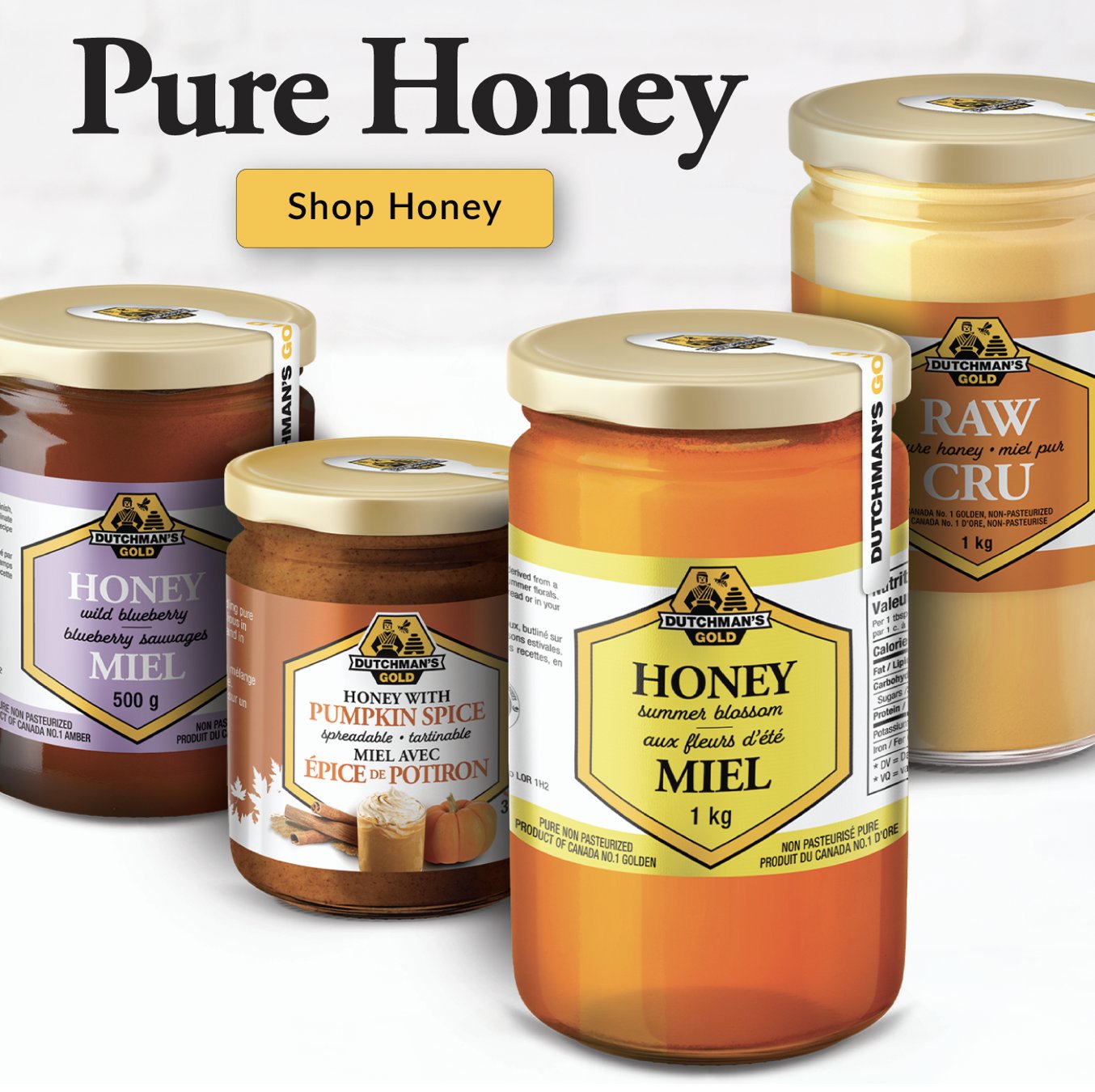

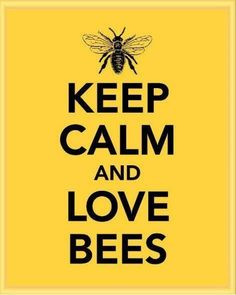
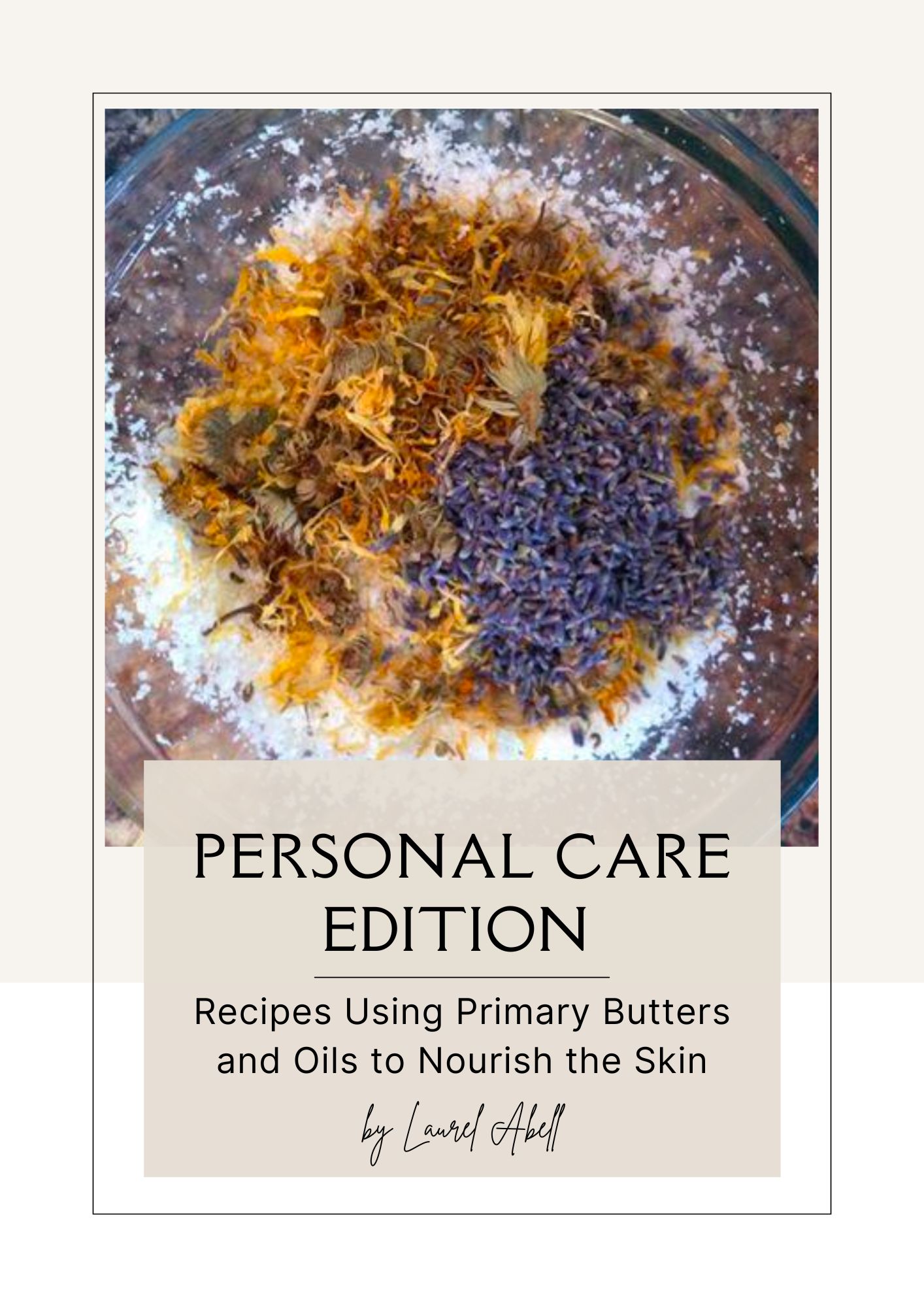
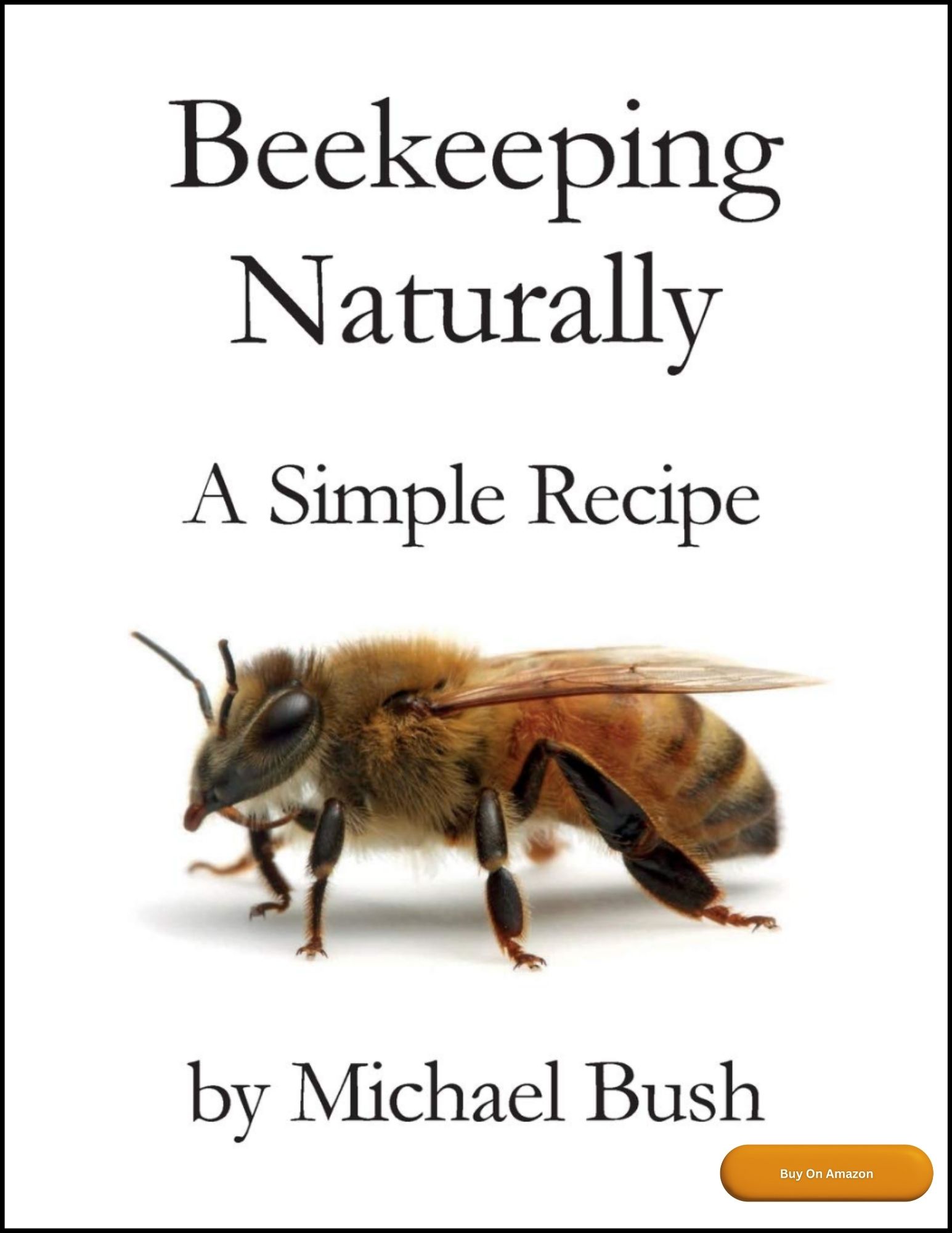
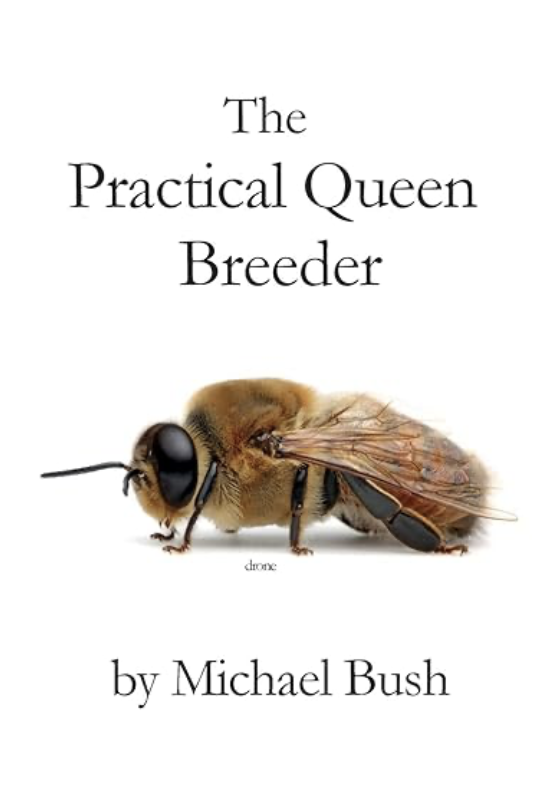
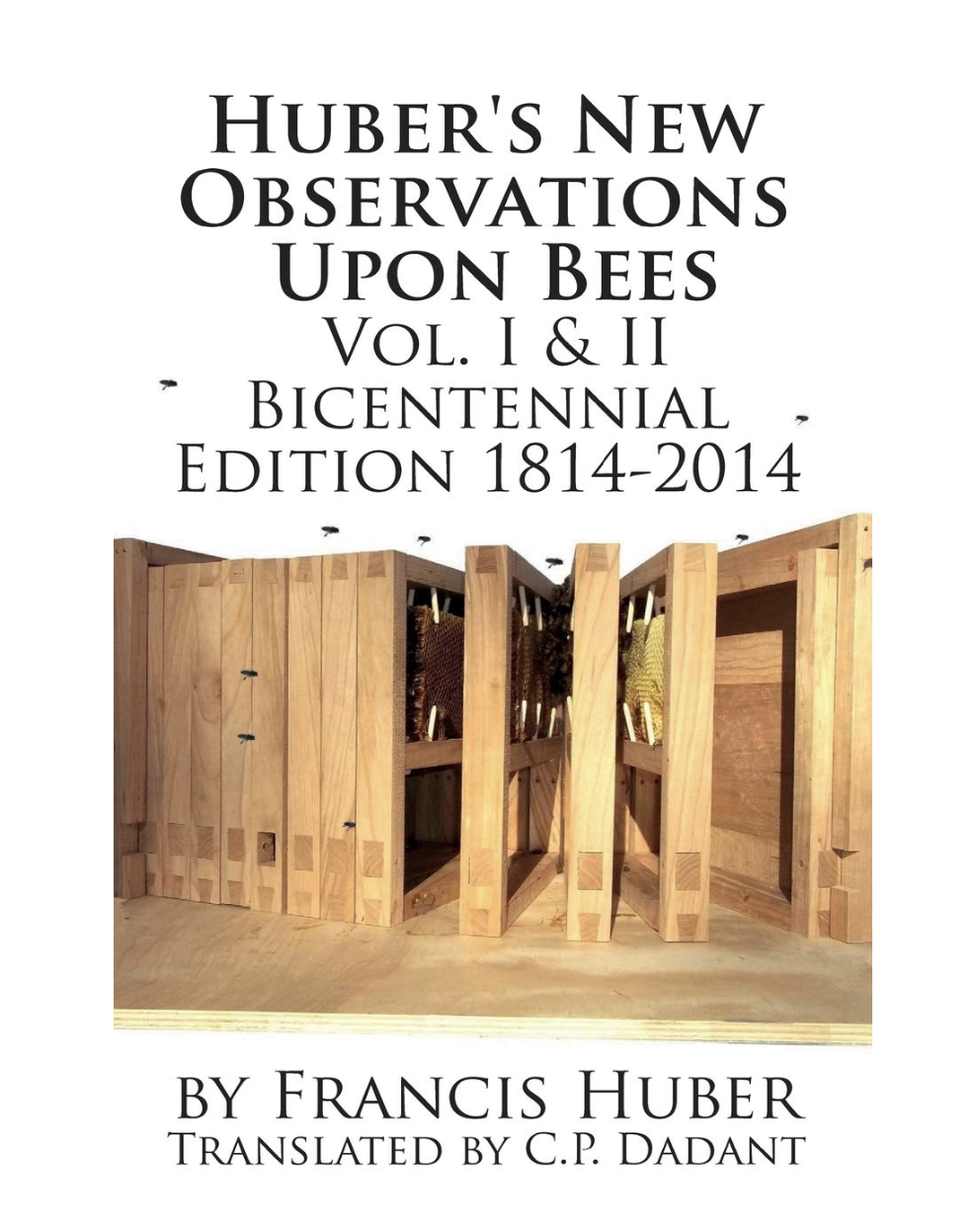
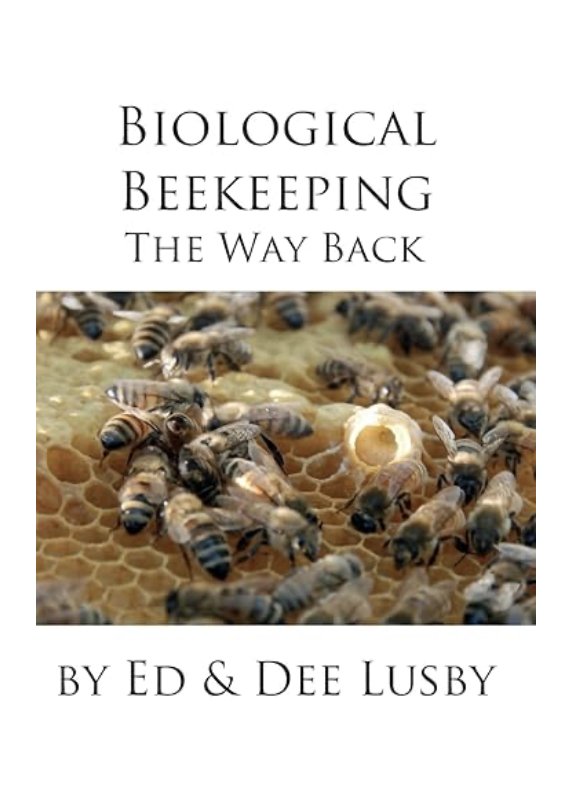

New! Comments
Have your say about what you just read! Leave me a comment in the box below.